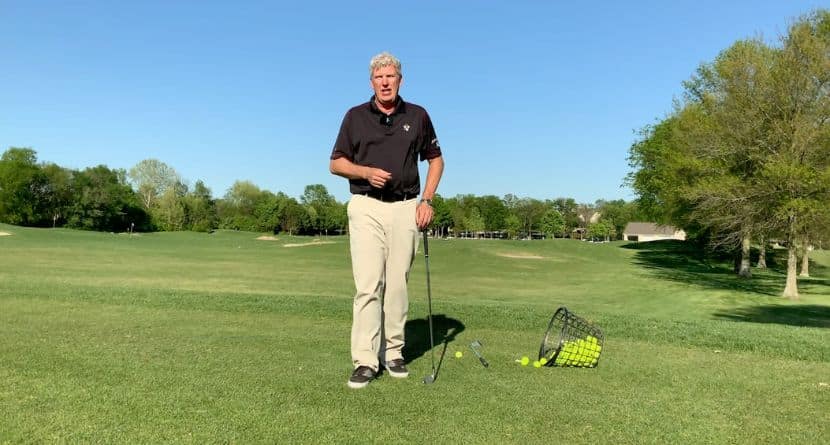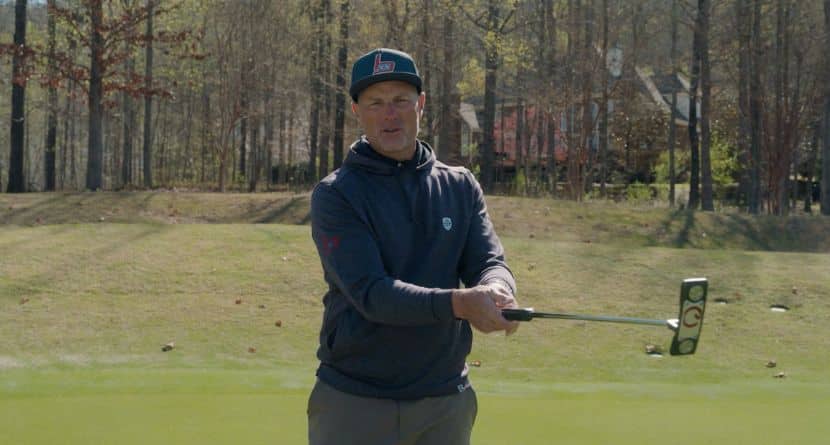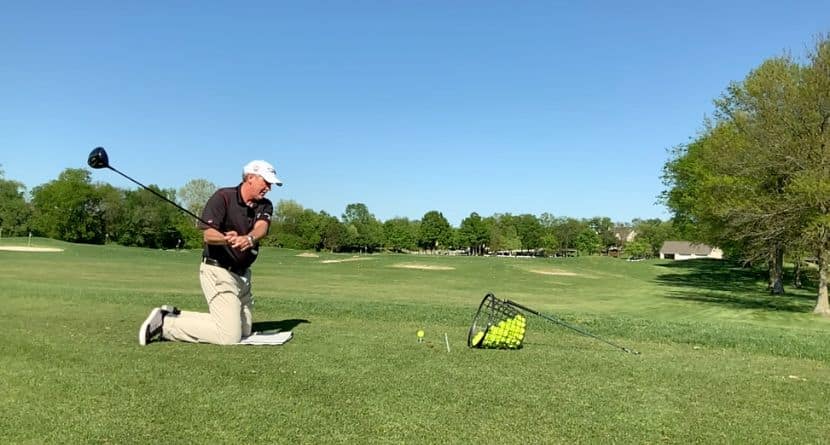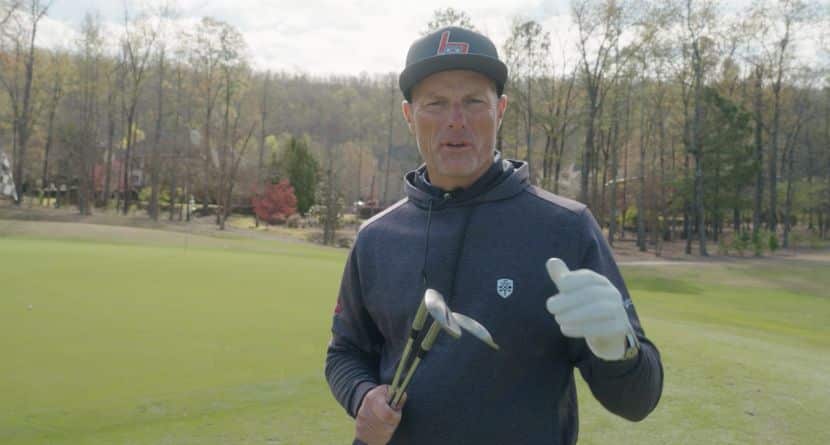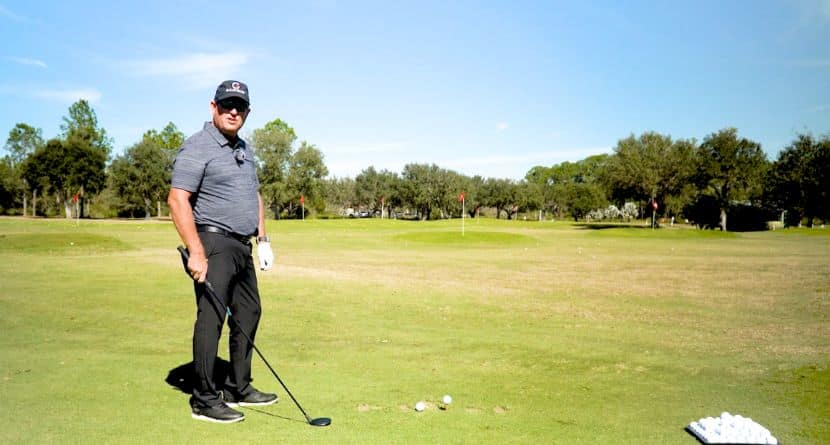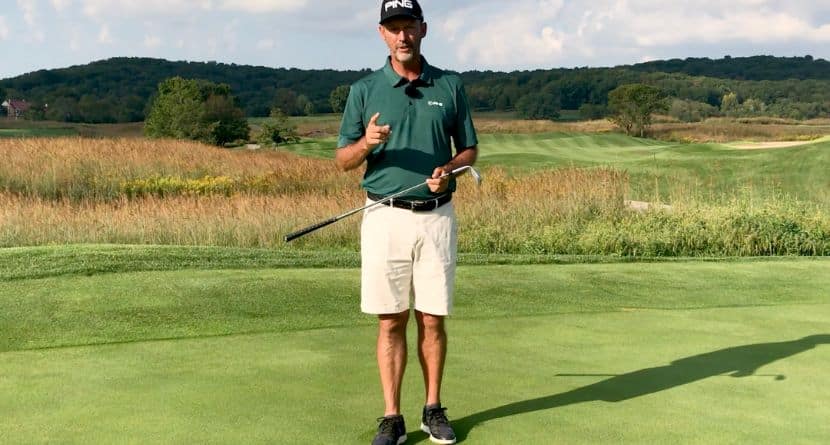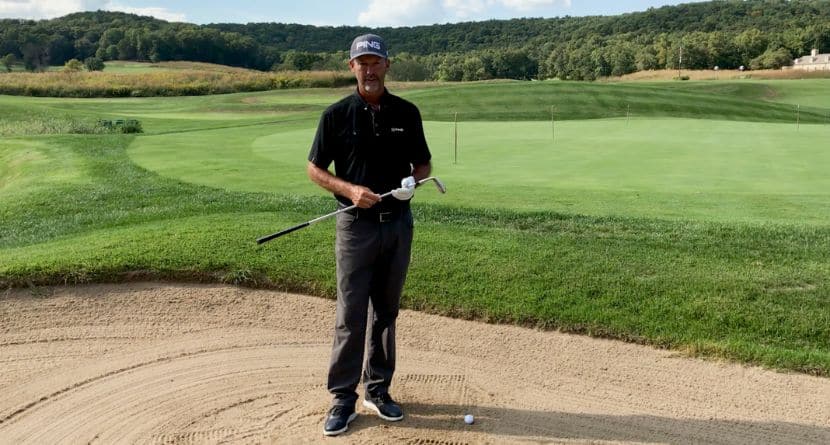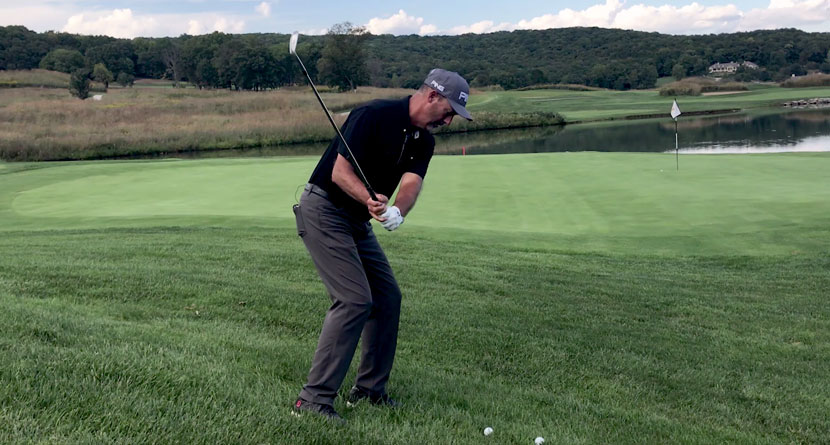Brooks Koepka slammed the door on his fifth PGA Tour victory and the No. 1 ranking on the 16th hole during the final round of the CJ Cup @ Nine Bridges on Sunday. Missing the green on the third-to-last hole and hanging onto a one-stroke lead, the reigning U.S. Open and PGA Champion struck the perfect shot to increase his lead.
“I didn’t have the greatest of lies (for my second shot) and then hit that left and the chip was probably 25 yards,” Koepka said after the win. “It was a great lie, it couldn’t have been sitting any better, everything was going with me and the ball was sitting up pretty high. I knew I put some spin on it, but where I had to land it was left-to-right slope and then it was downslope and it just kept feeding away.
“All I was trying to do was make sure it got on that bottom tier. If it got on that bottom tier, it was probably going to be no more than eight feet away. My caddie even said right before I hit the shot, you know, ‘This is the one you need to hole,’ or ‘You’re going to make this.’ He never really says that, but this time he was right, which was nice.”
Many amateurs — rightfully so — get stuck on swing motion and execution part of the shot before even thinking about what the ball is going to do when it hits the putting surface. Yes, the ball needs to be struck accurately and consistently for a player to worry about or try to predict the spin or roll a shot will have, but improving and lowering scores starts with attacking a short game shot in two parts: the contact and then the release.
Koepka was able to hole out his shot because he factored in the lie and how the shot would come off the club. The lie was perfect and predictable, but he also read the green breaking from left-to-right and knew to play for that movement after the ball landed. Too many players will hit a great shot and watch the ball end up working away from the hole.
We need to anticipate the distance and direction that will leave the ball in the best position for a makeable putt — or give us a chance at sinking it from off the green.
Here are the best steps to approaching a greenside shot:
- Asses the lie. If you are reasonably certain you can deliver the club on a predictable angle of attack with controlled speed, you can now think about a landing spot and factoring the release of the ball. If not, focus on the contact. Go for a safe shot, usually a club with more loft and pick a safe landing area. Playing for a softer-landing shot that safely avoids a big number will give you a shot at a two-putt and the ability to fight another day.
- Read the land. Pick a landing spot that will use the slope of the green and the location of the pin to your advantage. Since you have determined you can predict the trajectory and outcome of the carry, imagine the ball rolling from the landing spot like a putt. Ask yourself which way it will be breaking; will it be gaining speed or traveling uphill? Once you have gathered this intel, fine-tune your landing area to leave your ball in the best location.


